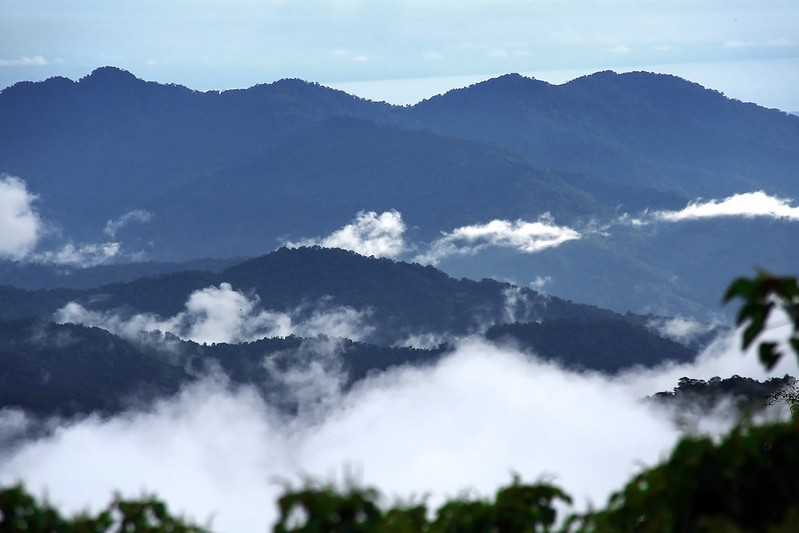After weeks of hacking and slashing under the tropical heat, the Danau Girang Field Centre and KOPEL Bhd replanting team finally managed to clear all the undergrowth weeds from a small piece of degraded forest found in the Lower Kinabatangan Wildlife Sanctuary (LKWS) in Sabah, Malaysia in order for new trees to be planted. This two-hectare piece of land will be planted with native trees; this gruelling effort is the start of the Regrow Borneo initiative to mitigate CO2 emissions by reforesting the Lower Kinabatangan Floodplain and restore the rainforest to its former glory.
—

Since the 1950’s, over 80% of the Lower Kinabatangan’s forest has been degraded or destroyed as a result of persistent logging activities and intensive land conversions into oil palm plantations. Such large-scale deforestation has not only removed crucial habitats for Sabah’s wildlife like the Bornean elephant and orangutan, but it has also contributed to the alarming amount of atmospheric CO2. Global deforestation is responsible for 12% of the world’s CO2 emissions which happens when stored carbon (wood) is released into the atmosphere as CO2 as trees are felled to rot or slashed and burned.
Besides deforestation, aviation travel contributes about 2.4% of global CO2 emissions. Although lighter plane designs and more efficient engines have helped decrease fuel consumption, the number of people flying is rapidly increasing as flying has become more accessible.
To help mitigate the effects of CO2 emissions from flights, the Regrow Borneo initiative was launched in October 2019 as a joint effort between Cardiff University’s Sustainable Places Research Institute, Danau Girang Field Centre and community-based organization KOPEL Bhd to help replant trees in Sabah. Since the start of Regrow Borneo, more than £20 000 has been donated by the public to mitigate CO2 emissions from their personal flights and support Regrow Borneo’s reforesting efforts to restore the rainforest.
You might also like: Brazilian Court Blocks Government’s Decision to Revoke Mangrove Protections

The funds raised help to replant trees in the degraded parts of the LKWS to tackle multiple ecological issues: the removal of atmospheric CO2 via carbon sequestration and the improvement of wildlife conservation by re-establishing habitat connectivity and quality. Additionally, the restoration of LKWS’ forest has many positive knock-on effects for the local economy. Regenerated forests have been found to sequester double the amount of carbon in aboveground tree biomass (i.e. trunk and branches), so science-based methods will be employed to measure the amount of aboveground biomass as well as belowground biomass to calculate carbon sequestration in this restored forest. Additionally, the periodical monitoring of the wildlife in the restored forest will help quantify how forest restoration can promote a healthy ecosystem in the LKWS.
Reforesting efforts have become more crucial than ever, as deforestation drives climate change and threatens the survival of the unique wildlife in Sabah and elsewhere. To mitigate your CO2 emissions from personal flights or any other activities, please consider donating to the Regrow Borneo initiative here to support the ethical, transparent and research-led replanting of the Lower Kinabatangan floodplain forest.

Featured image by: Flickr
About Danau Girang Field Centre
Danau Girang Field Centre is a collaborative research and training facility managed by the Sabah Wildlife Department and Cardiff University. It is situated in Lot 6 of the Lower Kinabatangan Wildlife Sanctuary in Sabah, Malaysia. Our research aims to help mitigate the loss of Asian biodiversity by understanding the effects of habitat fragmentation on the ecosystem, while encouraging in-situ conservation and engaging with NGOs, stakeholders and policy makers alike. We offer a variety of ways to study, welcoming PhD, MRes and MSc students from all over the world, provided that their research falls under our general theme. DGFC also offers facilities for field courses from overseas and within the Asia-Pacific region, including Malaysia. We are open to volunteers, professional training years and to research collaborations with scientists worldwide.

















